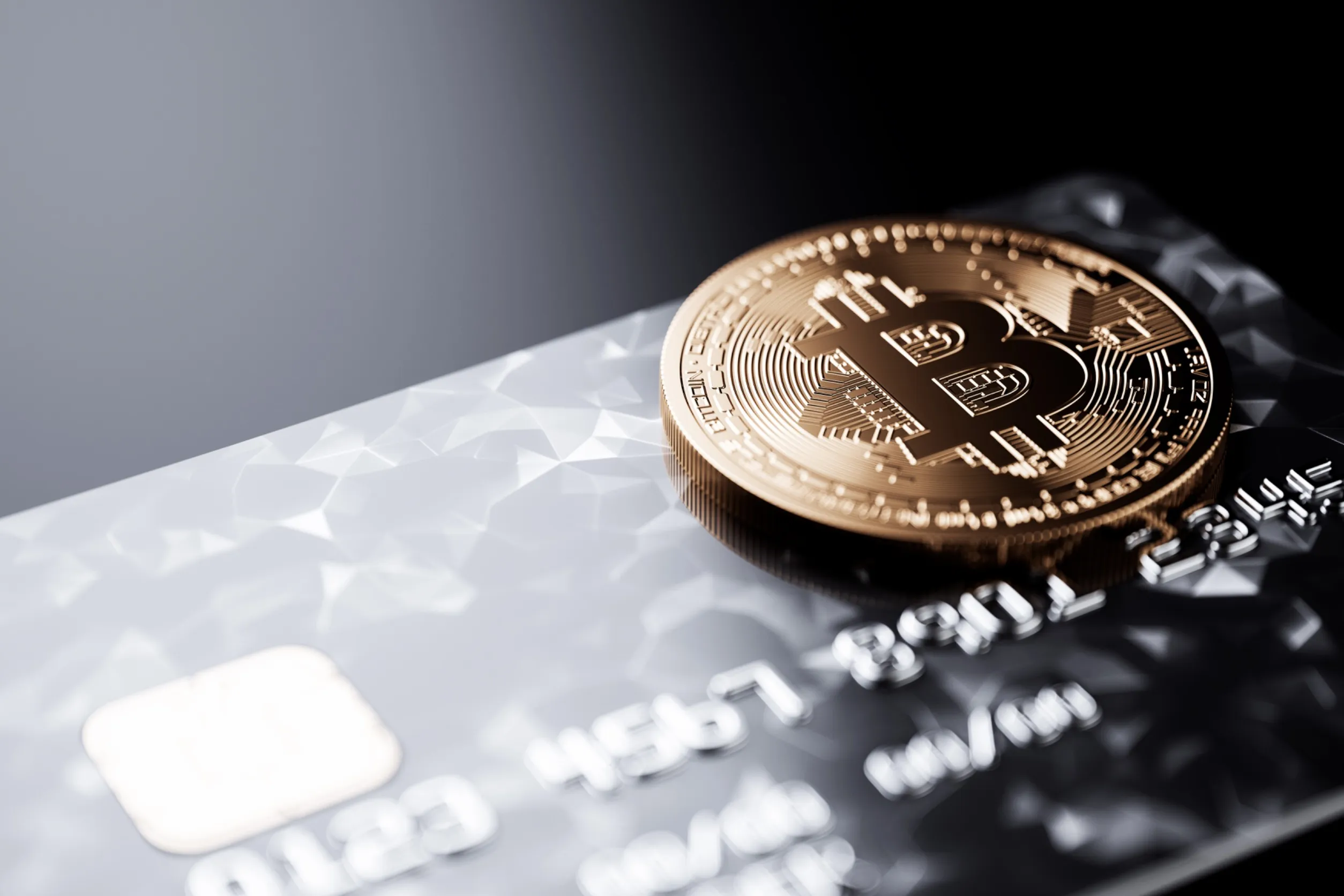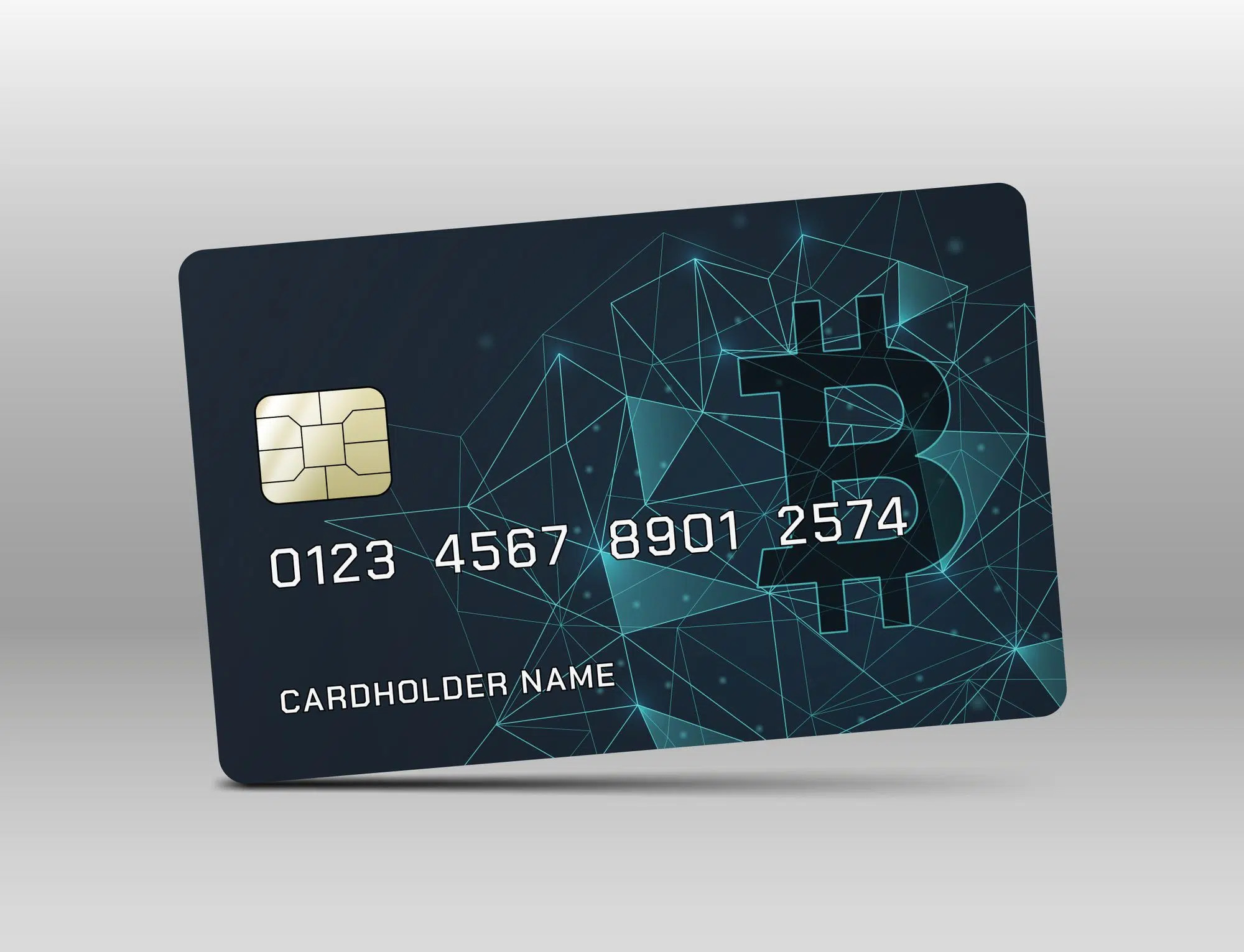In a world where time is money and borders are increasingly blurred in digital economies, the need for flexible, borderless payment methods has never been more urgent.
For many crypto users, dealing with traditional banks and fiat conversions feels like navigating a minefield — slow processing times, high fees, and constant currency fluctuations.
That’s where a crypto card for payments comes in, turning complex crypto holdings into seamless spending power in daily life. Whether it’s online shopping, paying for coffee, or booking a flight, the cryptocurrency card is changing how people interact with their digital assets.
What Is a Crypto Card?
A crypto card functions much like a traditional debit or credit card, but is linked to a cryptocurrency wallet instead of a fiat bank account. It allows users to spend their digital assets, like Bitcoin, Ethereum, or stablecoins, at any point-of-sale terminal that accepts major card networks.
The card automatically converts crypto into local fiat at the time of transaction, making it indistinguishable from standard payment methods for merchants.
There are two types: a crypto debit card and a crypto credit card. A debit card is a prepaid card connected to a user’s cryptocurrency wallet. It allows users to spend their own crypto by automatically converting it to fiat at the time of purchase.
The key point: you can only spend what you already own. Think of it like a top-up card. You deposit crypto into a linked wallet or platform, and when you swipe the card in-store or online, the equivalent fiat is deducted from your crypto balance in real time.
A cryptocurrency debit card is ideal for users who want full control over their spending, prefer to avoid debt, or rely on crypto income, such as freelancers, investors, and traders.
A crypto credit card, on the other hand, works more like a traditional credit card. Instead of using your own funds upfront, you’re borrowing money from the card issuer — either in fiat or stablecoins — and repaying it later.
In some cases, the credit is backed by the user’s crypto holdings as collateral (similar to a crypto loan). Other times, the issuer evaluates the user’s creditworthiness just like a traditional financial institution. This card type can be useful for people looking to:
- Borrow against their crypto without selling it
- Spread large purchases over time
- Build credit history while earning crypto rewards
However, the bitcoin card in credit format also comes with risk, interest charges, possible liquidation of collateral, and repayment obligations.
| Feature | Crypto Debit Card | Crypto Credit Card |
| Source of funds | User’s crypto wallet (preloaded) | Credit line backed by collateral or issuer credit |
| Spending limit | Limited to wallet balance | Determined by the issuer or collateral value |
| Credit check required | No | Often yes, or based on crypto collateral |
| Risk of debt | None | High — may involve interest and repayment terms |
| Ideal for | Daily use, budgeting, freelancers | Borrowing, leveraging assets, large purchases |
| Cashback/rewards | Frequently offered | Often more generous but tied to usage volume |
| Ease of access | Widely available | Still emerging, fewer issuers |
Table: Comparing Crypto Credit and Debit Cards
In essence, a cryptocurrency debit card is ideal for users who want to stay in control of their assets, while crypto credit cards cater to those seeking borrowing flexibility, albeit with higher risks.
Cryptocurrency Debit Card: Why Is It Good and Who Is It For?
Crypto debit cards come in two formats: virtual and physical. Virtual cards are excellent for online shopping or digital services, while physical cards can be used at ATMs and in-store locations. These tools are particularly valuable for:
- Freelancers paid in crypto who want to bypass fiat conversion delays
- Remote workers and digital nomads moving across countries with varying currencies
- Crypto investors looking to use gains for real-life purchases without off-ramping every time
- Small business owners managing business expenses through crypto wallets.
For these users, a cryptocurrency debit card offers not just access to funds but also peace of mind. There’s no need to cash out crypto through centralized exchanges, wait days for bank transfers, or face scrutiny over withdrawals.
Crypto Card Cashback – Why It’s Worth Using
One of the most attractive perks for many users is crypto card cashback — a rewards program that returns a portion of each purchase as cryptocurrency. Here’s why it matters:
- No blackout dates or category restrictions — unlike fiat-based credit cards, crypto cashback typically applies to all purchases
- Earn crypto while you spend — instead of miles or points, users receive real digital assets (like BTC or stablecoins)
- Compounding effect — if you hold your cashback in appreciating assets like Bitcoin, the rewards can grow over time
- Supports adoption — as more people use their crypto card daily, it promotes mainstream cryptocurrency usage.
Take the example of a freelancer who uses a crypto card to pay for software tools and business subscriptions.
With cashback programs in place, they can get up to 5–10% of the amount spent back, effectively reducing costs and building up additional holdings without extra effort.
How a Crypto Debit Card Can Make Your Life Easier?
A crypto debit card isn’t just a gimmick — it’s a practical, everyday financial tool that simplifies the lives of crypto users in meaningful ways. Here’s how:
- Instant access to crypto earnings. Instead of waiting days to off-ramp to fiat, users can spend their assets directly on groceries, transportation, and utilities.
- Currency agnostic travel. Travelers can use their Bitcoin card in any country that accepts traditional cards, avoiding unfavorable exchange rates or conversion fees.
- Budgeting and security. Many cryptocurrency debit card apps include spending caps, freezing options, and real-time transaction alerts.
- All-in-one financial dashboard. The best platforms allow users to top up from DeFi protocols, spot wallets, or even hardware wallets.
Digital creators, remote workers, gamers, and content platforms increasingly rely on decentralized income streams. For them, the cryptocurrency card is not a luxury — it’s a necessity that keeps pace with a decentralized lifestyle.
The evolution of the crypto card has bridged the gap between decentralized finance and real-world utility. Whether it’s managing freelance income, shopping online, or earning passive crypto card cashback, these cards turn static holdings into spendable value, without friction.
From crypto debit cards used for groceries and travel to cashback incentives that reward everyday spending, these tools are reshaping the way crypto integrates with modern life. And with global infrastructure improving, the benefits of a cryptocurrency debit card will only grow stronger.
As the line between digital assets and traditional finance continues to fade, crypto cards are proving to be more than just a trend — they’re a gateway to a smoother, smarter financial future.





